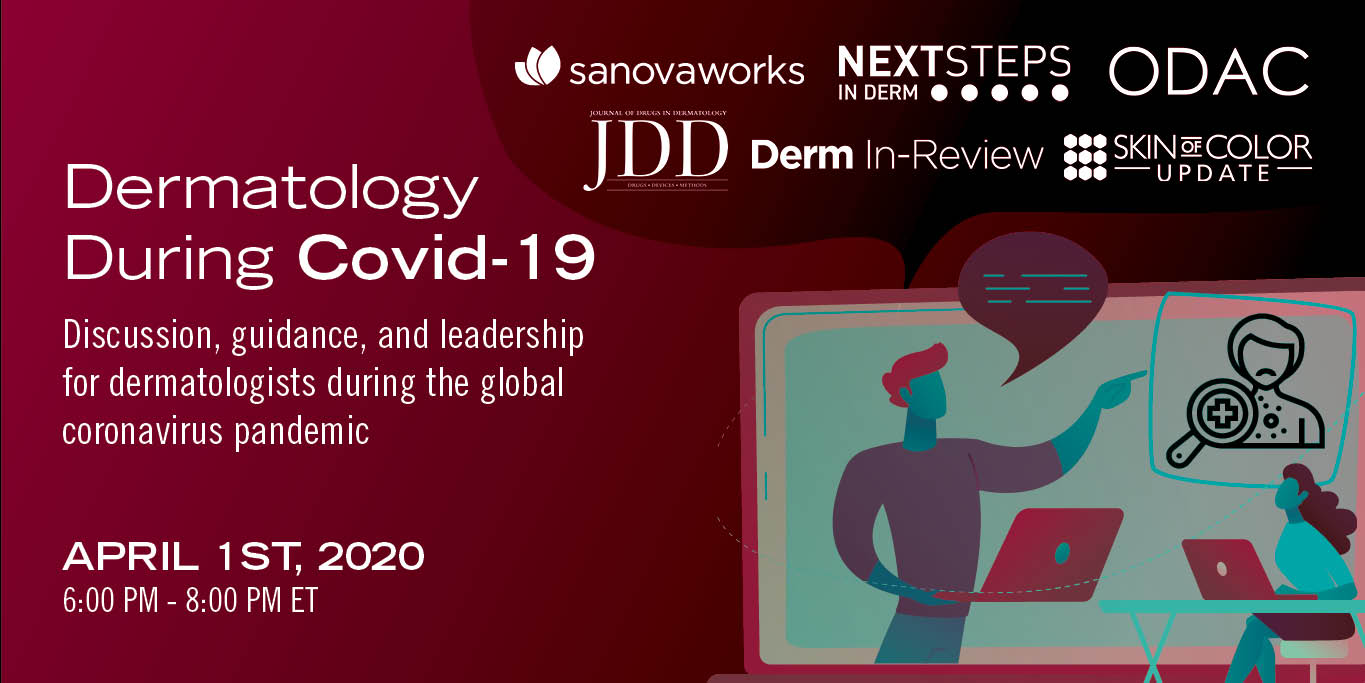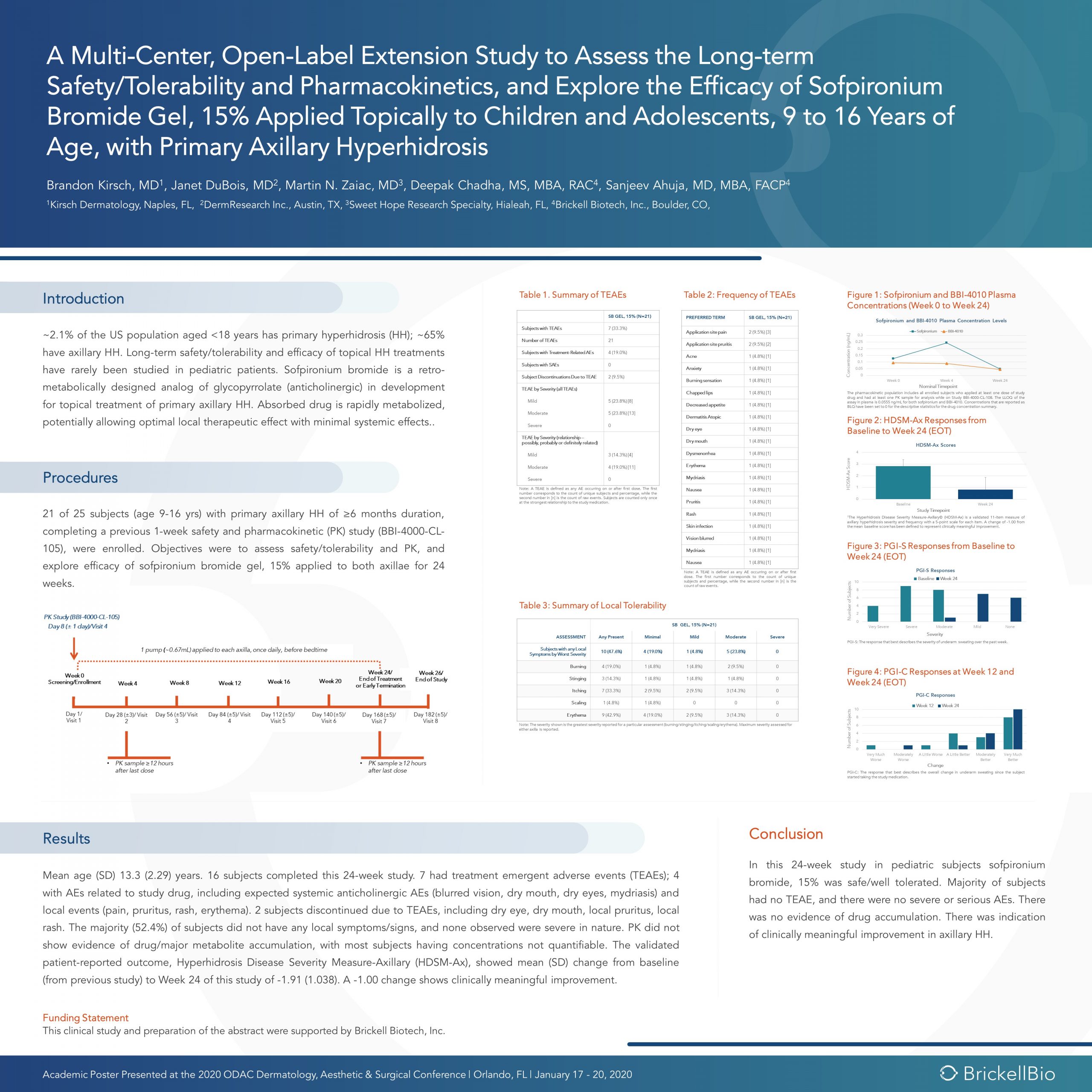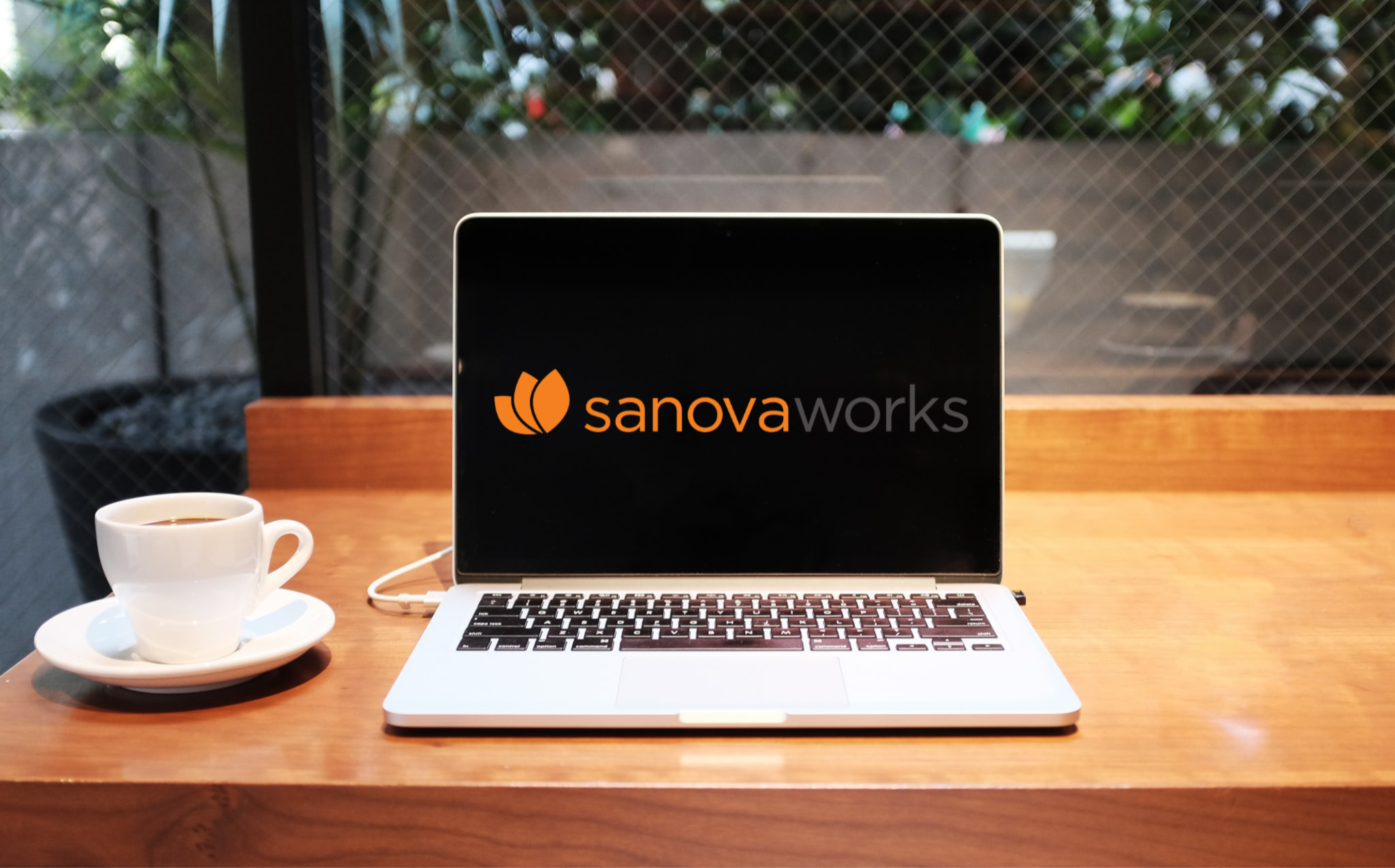This webinar was previously recorded on April 1st, 2020 and is now available on demand. Click here to access the on-demand recording.
Join Dermatology Leadership Discussion of COVID-19
ODAC and JDD invite you to attend a webinar panel to provide discussion, guidance, and leadership for dermatologists and dermatology practices during the global coronavirus pandemic.
Over the course of the 2 hours, 8 different thought leaders will join the conversation, discussing questions that are on the mind of many dermatologists in the country. Click here to register.
MODERATOR
Joel L. Cohen, MD (Director, About Skin Dermatology & Associate Clinical Professor, University of California at Irvine)
AGENDA
6:00-7:00PM
Neal Bhatia, MD (Vice President-elect of the AAD & Director of Clinical Dermatology, Therapeutics Clinical Research)
Adam Friedman, MD (Professor and Interim Chair of Dermatology, GW School of Medicine & Health Sciences)
William D. Humphries (President, Ortho Dermatologics)
Mark Kaufman, MD (Associate Clinical Professor, Icahn School of Medicine at Mount Sinai)
7:00-8:00PM
Sue Ellen Cox, MD (Founder, Aesthetic Solutions)
Kavita Mariwalla, MD (Founder, Mariwalla Dermatology)
Carrie Strom (Senior Vice President, US Medical Aesthetics at Allergan)







